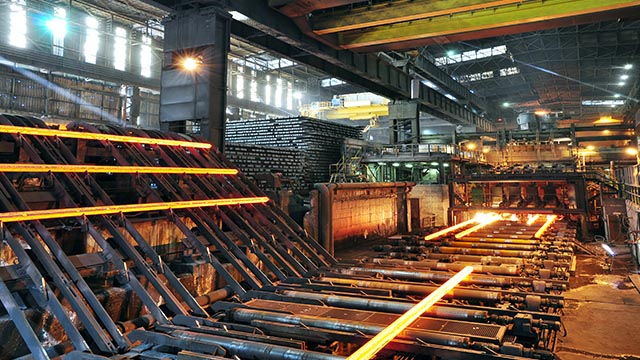What are the special casting methods?
2024-12-31 11:11:47 hits:0
Special Casting Methods: An Exploration
In the vast realm of manufacturing, casting technology stands as a pivotal component of molding processes, evolving from ancient to modern times, from simplicity to complexity. Special casting methods, as extensions and innovations of traditional casting techniques, occupy a pivotal position in modern industrial production due to their unique technical advantages and wide application fields. This article delves into several primary special casting methods, revealing their working principles, characteristics, and applicable scenarios.
1. Investment Casting (Lost-Wax Casting)
Investment casting, a historical precision casting technique originating in ancient Chinese bronze casting, operates on the principle of first creating a wax pattern that is easily meltable. This wax pattern is then coated multiple times with refractory material to form a mold shell. After the shell dries and hardens, it is heated to melt and remove the wax pattern, leaving an empty cavity. Molten metal is then poured into this shell, cooling to form the casting. This method is suitable for producing complex-shaped, high-precision parts such as aircraft engine blades and artworks.
2. Die Casting
Die casting involves rapidly injecting molten metal under high pressure into a mold cavity, allowing it to solidify under pressure. This method can produce wall-thickness uniform, dimensionally accurate, and smooth-surfaced castings, particularly suitable for mass production of automotive parts, electrical components, and mechanical assemblies. The rapid filling and high-pressure solidification of the molten metal during die casting help reduce porosity and shrinkage defects, enhancing the overall performance of the casting.
3. Centrifugal Casting
Centrifugal casting utilizes centrifugal force generated by rotation to evenly distribute and solidify molten metal onto the inner wall of a mold. This method is particularly suitable for producing large-diameter, smooth-walled, and uniformly thick tubular or cylindrical castings, such as cylinder liners and seamless steel pipes. The centrifugal force promotes tight arrangement of the metal, reducing porosity and inclusions, and improving the density and mechanical properties of the casting.
4. Low-Pressure Casting
Low-pressure casting involves using gas pressure to push molten metal into a mold cavity within a sealed container. Compared to die casting, low-pressure casting operates at lower pressures, resulting in a smoother filling process that helps reduce internal stress concentrations and defects in the casting. This method is suitable for producing high-quality castings such as aluminum alloy wheel hubs and engine blocks.
5. Lost Foam Casting (EPC)
Lost foam casting is a relatively new casting method that uses polystyrene foam models as molds. When molten metal is poured in, the foam model rapidly vaporizes at high temperatures, and the molten metal fills and solidifies to form the casting. This method can directly mold complex structures, reducing or eliminating machining requirements, and is suitable for producing large, thin-walled, complex-shaped castings such as automotive body parts and building components.
6. Continuous Casting
Continuous casting is an efficient, automated casting method suitable for producing long strip or plate products, such as steel billets and aluminum profiles. This method involves continuously pouring molten metal into a moving mold, allowing it to solidify as it is continuously pulled out, forming a continuous casting bloom. Continuous casting offers high production efficiency, low cost, and high material utilization rates.
Conclusion
Special casting methods, with their unique technical charm, meet the demands of modern industries for high-quality, high-precision, and high-efficiency castings. With continuous advancements in materials science, computer technology, and automation, special casting techniques will continue to innovate and develop, providing robust support for the transformation and upgrading of the manufacturing industry. In the future, we have reason to believe that special casting will demonstrate its unlimited potential in more fields, driving the manufacturing industry to higher levels.


 en
en  fra
fra  de
de  ru
ru  gle
gle  th
th  ara
ara  it
it  jp
jp  kor
kor  zh
zh 


